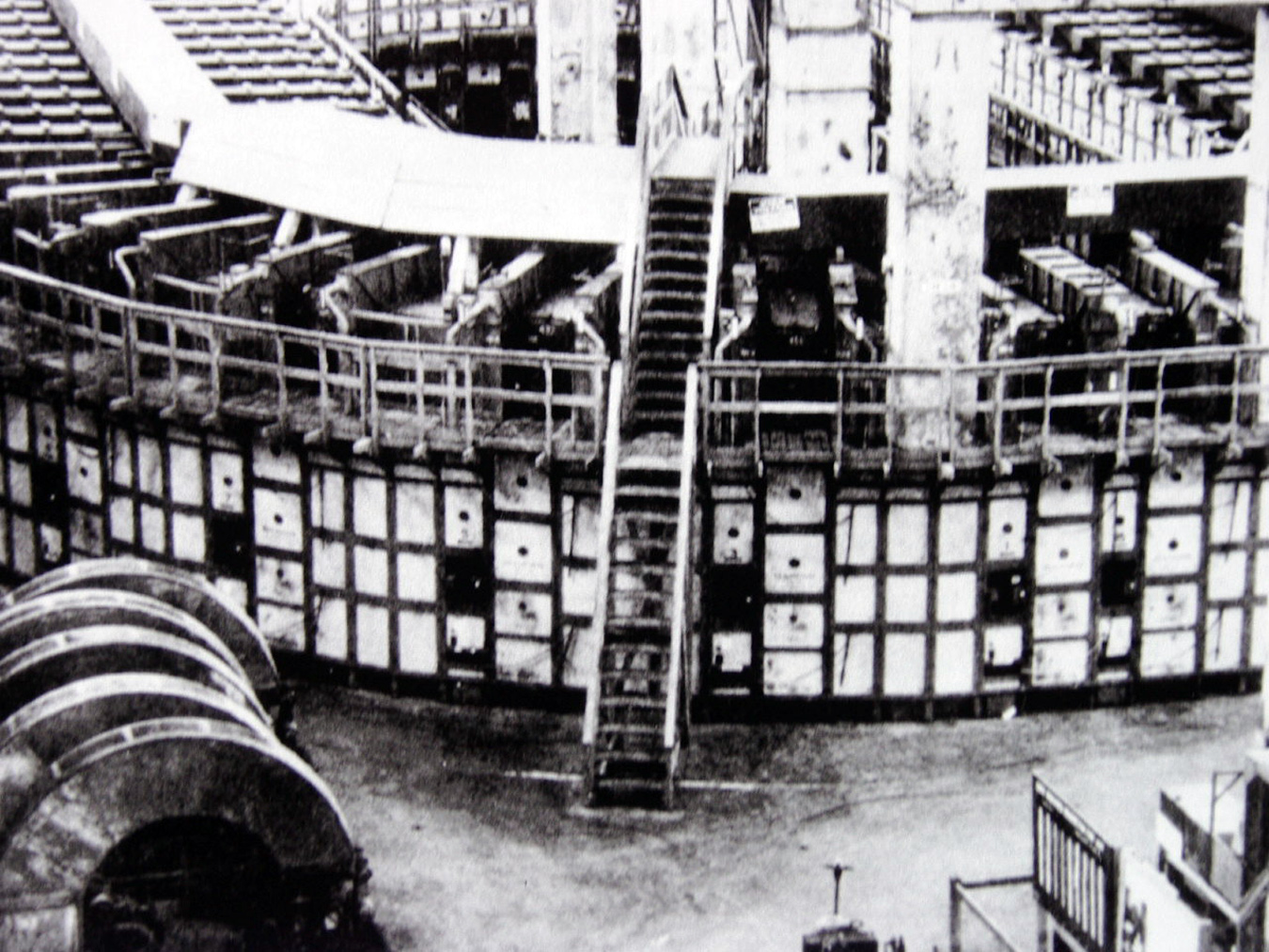Congress took a major step towards the creation of a Manhattan Project National Historical Park today with Congressman Doc Hastings introducing H.R. 5987. The House bill follows Senator Jeff Bingaman’s companion legislation, S. 3300, which was introduced last week. The two bills are to establish a Manhattan Project National Historical Park at sites in Oak Ridge, Tennessee; Los Alamos, New Mexico; and Hanford, Washington.
As Hastings declared, “There is a sincere and shared desire by Chairman Bingaman, Senators Murray and Cantwell, and our colleagues to establish the Park, and we’ll continue working together with local advocates to accomplish our goal of ensuring these remarkable pieces of our history are preserved to tell the story of the Manhattan Project.”
The Manhattan Project was perhaps the most ambitious scientific and engineering undertaking of the twentieth century. Often cited as a model for solving complex problems, the Manhattan Project created a unique partnership between the Federal government, universities, and private industry. In less than three years, scientists and engineers succeeded in harnessing the energy of the atom, a feat comparable to mankind’s discovery of how to control fire.
Hearings are scheduled for the Senate’s National Parks Subcommittee on Wednesday, June 27 and the House’s Subcommittee on National Parks, Forests, and Public Lands on Thursday, June 28. Following the hearings, the next step is for the committees to mark-up their respective bills.
The major provisions of the two bills are very similar. Both provide that the park will be established no later than one year after enactment and include the same list of Manhattan Project properties at the three major sites at Los Alamos, Oak Ridge, and Hanford. The two federal agencies, Interior and Energy, have one year to work out issues of enhanced public access, management, interpretation, and historic preservation in a memorandum of agreement.
The Atomic Heritage Foundation, founded in 2002 to preserve the history of the Manhattan Project, has made establishing a national historical park a primary goal. Over the past decade, AHF has worked with Congress and the Department of Energy, National Park Service, National Trust for Historic Preservation, National Parks Conservation Association, Energy Communities Alliance, local historical societies, Manhattan Project veterans and individuals to achieve this.
Recognizing the likelihood of a park, the Department of Energy has begun to preserve some of its most significant Manhattan Project properties. The B Reactor at Hanford, scheduled to be cocooned, now attracts tourists from 50 states and more than 39 countries. Los Alamos National Laboratory is restoring six of its Manhattan Project properties, beginning with the V Site in 2006. Thanks to the generosity of Helene and Gerry Suydam, the Bathtub Row house where J. Robert Oppenheimer and his family lived has been donated to the Los Alamos Historical Society and could become the “jewel in the crown” for the new Manhattan Project Park. At least two significant properties at Oak Ridge, the Y-12 Beta-3 Calutrons and X-10 Graphite Reactor, will remain for future generations.
Both bills allow the Secretary of Energy to accept gifts, services, and volunteer labor for preserving and providing access to historically significant Manhattan Project properties. In recent years, donations for restoring the “Gun Site” at Los Alamos and volunteer services to repair the pre-Manhattan Project properties at Hanford could not be accepted because the Department of Energy lacked authority to accept such “gifts.” The new provision is a most welcome and constructive change.
The Manhattan Project holds many important lessons for today. The creation of a national historical park is an important opportunity to educate Americans about the impact of science on history, economics, culture and society, both then and now. And as Sen. Bingaman said: “There is no better place to understand history than where it happened.”





